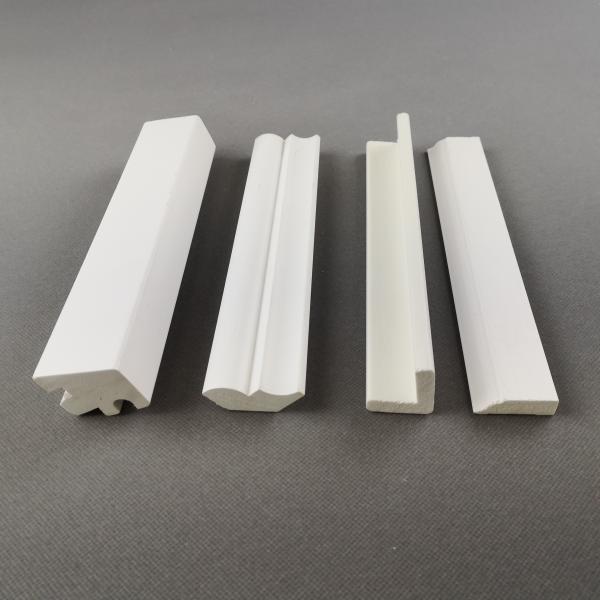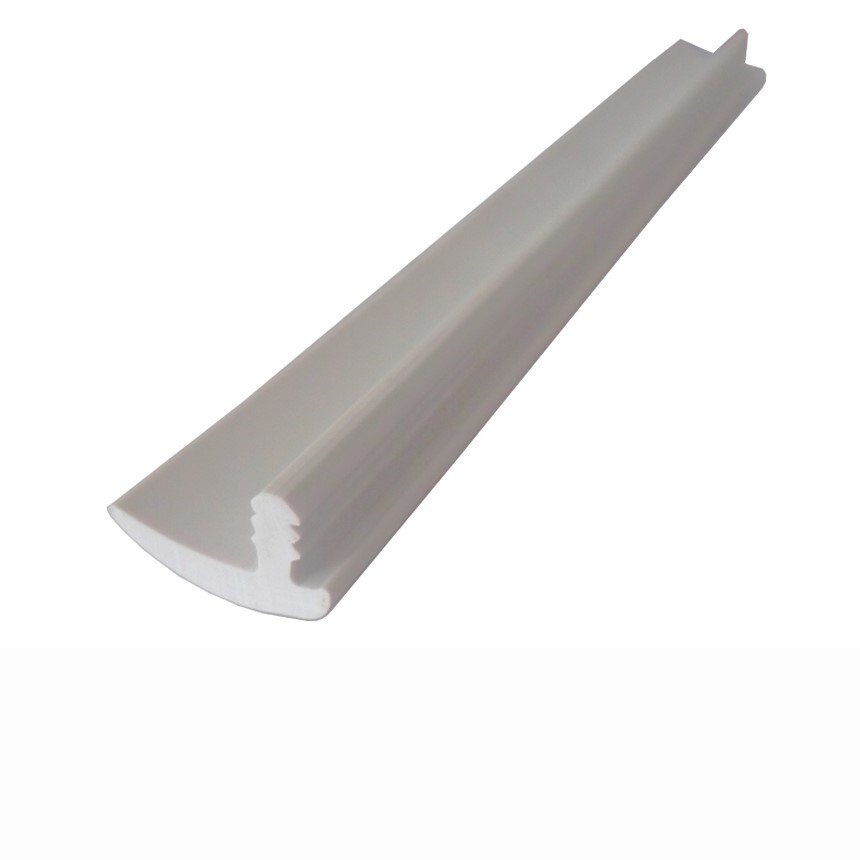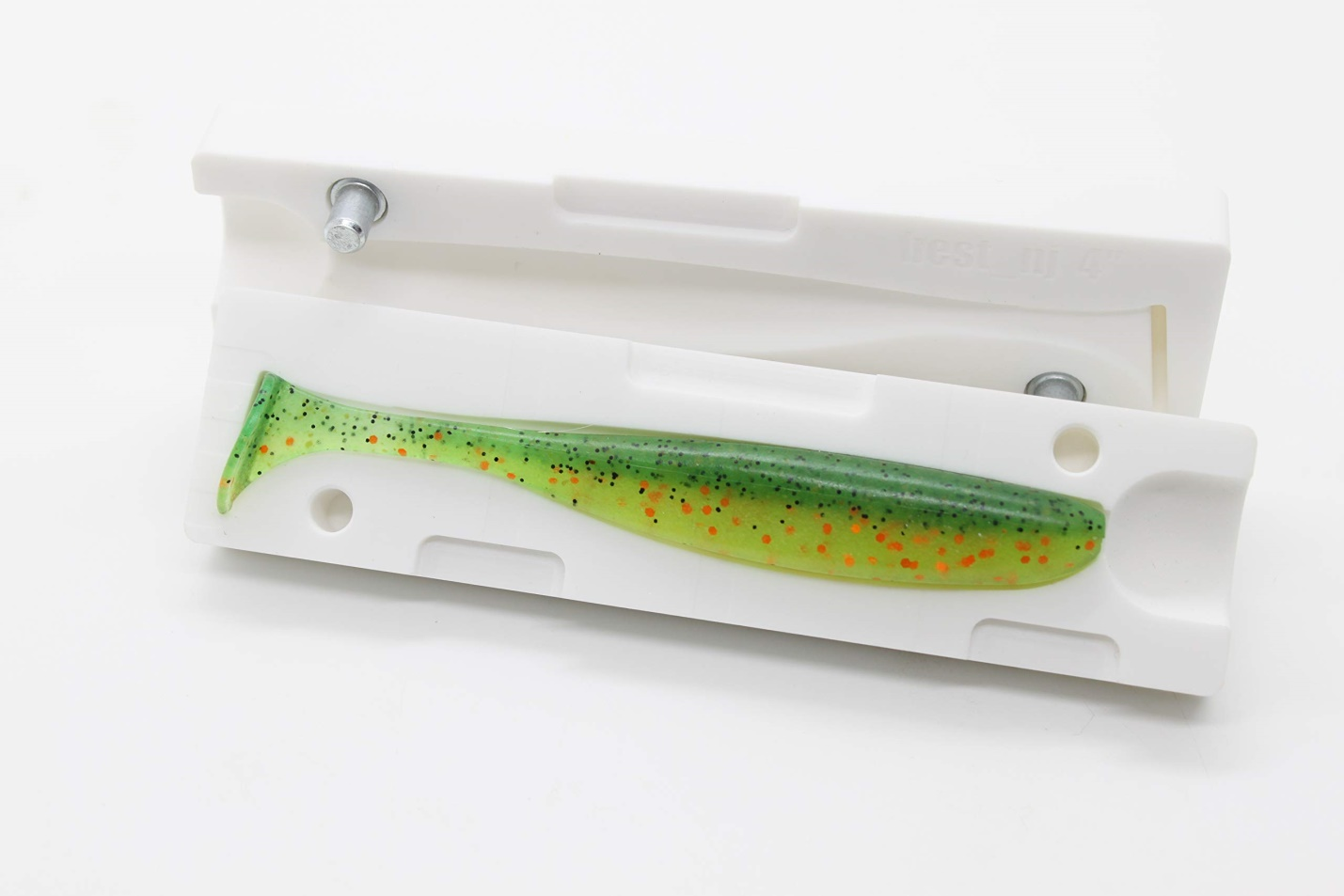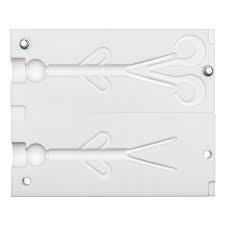How does plastic mold work?
How to mold plastic? It is very common question. Generally, beginners face a lot of problems in molding plastics. In this post, we shall describe the most common concepts about molding process. Similarly, we will also discuss various metals, steel and glass.
A list of the main types of how to mold plastic includes:
- injection molding
- thermoforming molding
- foaming molding
- compression molding
- sintering molding
The main advantages consist in the high production rate. Moreover, you can find it in the reusability of the molds even in subsequent times. Furthermore, we can get it in the low cost of processing, in the abundance of usable materials.
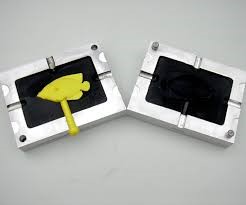 What is the disadvantage of molding plastic?
What is the disadvantage of molding plastic?
The main disadvantages of how to mold plastic are the cost of the equipment, the cost of operation and the study time of the molds.
Within industrial processing, plastics are the most used together with metal ones. In both cases the productions go out using specific machinery, with characteristics and functions suitable for each material. The construction of molds for plastic materials is called molding. Let's see together what we are talking about.
What is plastic molding?
Molding is nothing more than an industrial process of plastic materials. And whose name derives from the fact that the entire process. The whole process goes through a mold. For this purpose, one must know how to mold plastic. There are many useful methods for this procedure. It changes according to the type of object and the plastic material.
The molding of plastic materials means any industrial manufacturing process that gives the possibility to model a plastic object using a mold. Similarly, it is a technique that is widely common in many sectors and that is used by manufacturers of:
- household appliances
- automotive industries
- High-tech products and so on.
What are the techniques used in plastic molding?
Depending on the type of processing and the ways in which the plastic material goes into the molds, the molding process goes out in different ways. In any case, it is a technique that can only be possible with professional equipment designed for this type of processing. In most cases, these are more complex presses or molding systems.
Let's see together which the main industrial techniques are
Injection molding
It is a process in which the plastic material is injected into the mold thanks to the use of an injection module that heats the material until it transforms it into a viscous state to then push it into the mold which is kept closed by a mechanical or hydraulic system.
In the variant of injection molding with reaction, that is RMI, we can see the use of two fractions of plastic liquid. In this case the polymerization takes place that is the hardening of the plastic compound. It is a phase in which it is very important to keep the temperature of the mold under control.
Compression molding
It is a procedure that manages to exploit the principle of rubber vulcanization in which the plastic material goes into the appropriate machinery. The compression phase requires the material to be inserted into a re-welded aluminum mold inside.
Thermoforming
It is a technique capable of modeling plastic films and plates that are placed on a mold in order to obtain an object with a precise shape. Thermoforming is a process that goes out starting from preheated plates on a mold using a compressed air system in order to make cooling even easier. Moreover, it is also a good technique before knowing how to mold plastic.
Blow molding plastic technique
Basically, this is a technique mostly good to make hollow-shaped objects. In this case, the plastic material is inserted inside a mold and, at a later time, the air blows out so that the polymer, which has not yet solidified, is pushed onto the walls so as to adhere to the mold.
Plastic sheet forming: advantages
Generally, plastic molding involves heating the sheet to a certain temperature, as a result of which the sheets become very plastic. The material is then subjected to pressure, which is maintained until the part has cooled. The pressure can be positive (injection molding) or negative (plastic vacuum molding).
Both options can be used to mold one or more parts in a cycle and enable extremely detailed components to be produced with minimal effort.
The thermoforming process offers many advantages over other common approaches to producing a variety of designs:
- affordable equipment and cost-effectiveness (up to 90% less tool costs compared to injection molding);
- quick modification of tools and parts;
- excellent aesthetics and functionality;
- a wide variety of finished products;
- compatibility with a wide range of engineering thermoplastics;
- efficiency of order fulfillment;
- the ability to manufacture both single and small, and large batches (up to 5000 pieces)
Plastic for molding: selection criteria
It is an important point in how to mold plastic. Moreover, it is good in choosing the right material. Each type of plastic sheet has its own specific characteristics, properties, strengths and weaknesses.
Working on a vacuum forming equipment consists in heating all layers of a plastic sheet. Generally, it uses infrared heating lamps that emit heat absorbed by objects.
After the blank sheet has warmed up, it comes behind the mold. And the rest of the air is pumped out using a vacuum. The pressure created by the machine makes the plastic mold take the shape of the workpiece. Moreover, it transfers small parts to the surface.
After solidification of the plastic, the resulting form comes out of the mold. And it goes to further processing. Then the part goes to assembly, machining, painting or cleaning.
Benefits of thermoplastic vacuum forming
We have selected the main criteria for the positive operation of vacuum forming equipment.
The thickness of the processed sheet varies from 0.1 to 10 mm
When using pneumatic vacuum forming equipment, it is possible to process sheets up to 60 mm thick, and the size of the blank sheet is several meters in diameter.
Reduced production costs
Low load, reduced complexity of plastic processing makes this method cheaper than injection molding.
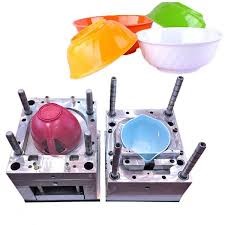
Generally, it has a wide range of processed materials. A vacuum forming machine processes plastic sheet blanks of various chemical components. With the right time and heating temperature, you can achieve optimal melting of the plastic.
Multiple use of the mold (matrix)
The main workpiece is used many times, which is convenient for mass production of parts.
The molding machine can produce products in single quantities, in small batches or in large batches from 100 to 100,000 units.
How to mold plastic method is environmentally friendly and can be used for the manufacture of tableware, goods for children.
It is possible to process - form plastic sheets with an applied image using UV printing, silk screen printing, film, and other methods.
It has wide application of goods in various industries. On a molding machine, they produce products for various industries, construction, auto and aircraft production, design and advertising.

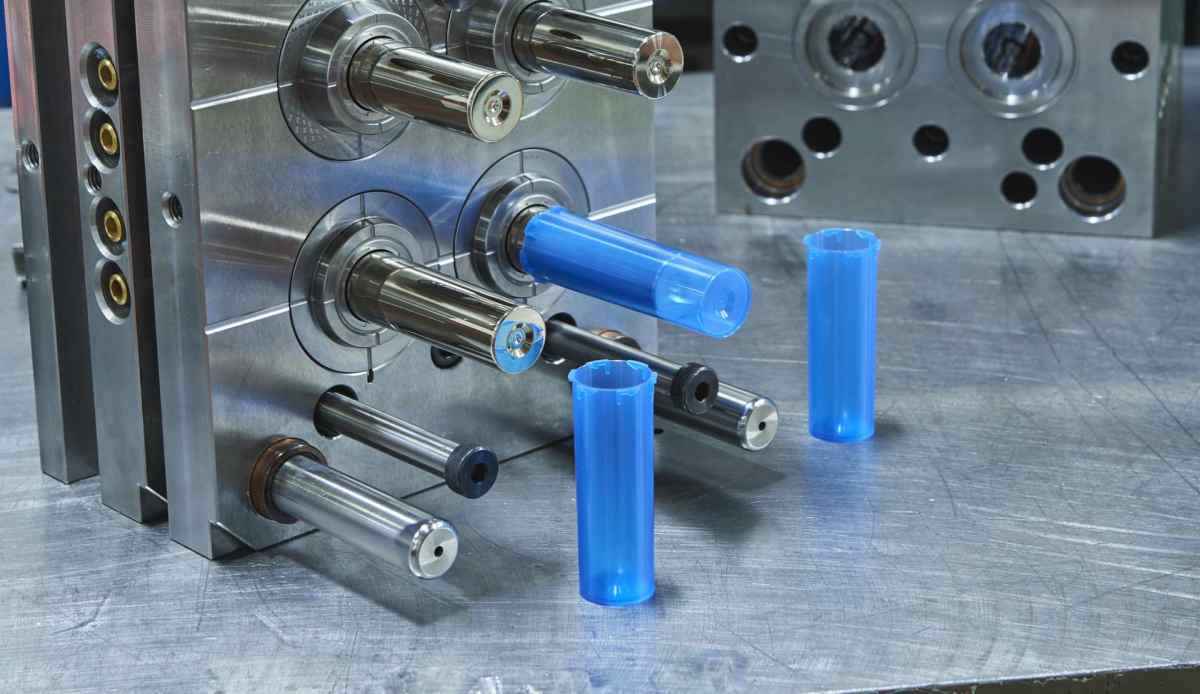
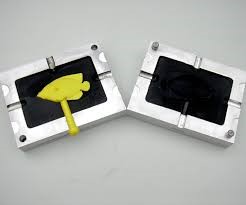
 cool down and when the movable plate is opened, the plastic piece comes out with the shape of the mold.
cool down and when the movable plate is opened, the plastic piece comes out with the shape of the mold.